Description
Round Hexastyle Temple of Paneas on a bronze coin year 50 AD
Caesarea Philippi was the setting for Jesus’ famous statement to Peter, “On this rock I will build my church, and the gates of Hades will not overcome it” (Matthew 16:18). This passage contains the very first use of the word church in the New Testament. Leading up to this statement, both Matthew 16:13 and Mark 8:27 recount Jesus asking the disciples, “Who do people say I am?” When they replied with a variety of answers—John the Baptist, Elijah, one of the prophets—Jesus pressed further with, “Who do you say I am?” Peter spoke up: “You are the Messiah, the Son of the living God” (Matthew 16:16). That statement of truth would become the foundation for Jesus’ church. And it all started in Caesarea Philippi.
Caesarea Paneas Coins: A Glimpse into Nero’s Dynasty
Caesarea Paneas, a city of significant historical and strategic importance, was chosen as the minting site for these exceptional coins. The selection of Caesarea Paneas underscores Nero’s efforts to solidify his influence in the eastern provinces of the Roman Empire. The city’s prominence as a cultural and economic hub made it an ideal location for the dissemination of Nero’s political and familial messages through coinage. These coins were not mere currency; they were carriers of imperial propaganda, designed to resonate with the populace and reinforce Nero’s authority and the legitimacy of his lineage.
The imagery on the Caesarea Paneas coins extends beyond the portrait of Claudia, encompassing symbols and motifs that reflect the religious and political milieu of the time. The inclusion of the temple image on these coins is particularly significant, as it links Nero’s dynasty to the divine, suggesting a sacral kingship endorsed by the gods. This clever amalgamation of personal and sacred imagery served to elevate Nero’s status and that of his progeny within the realm of the divine, a tactic aimed at cementing his family’s place within the pantheon of Roman deities.


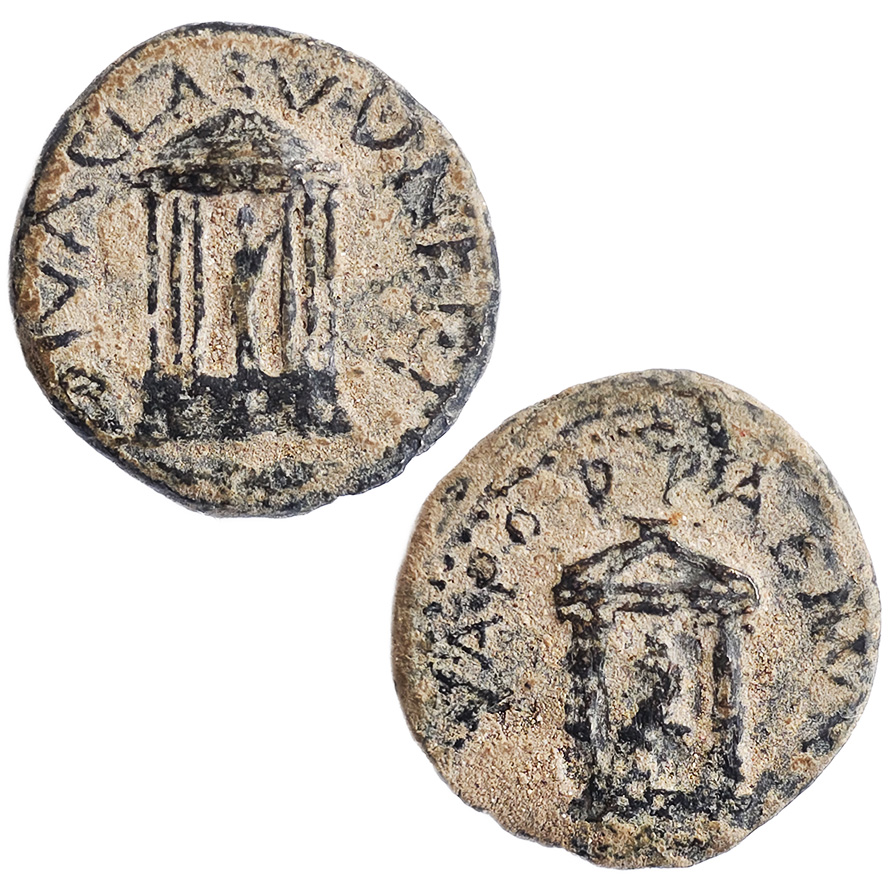
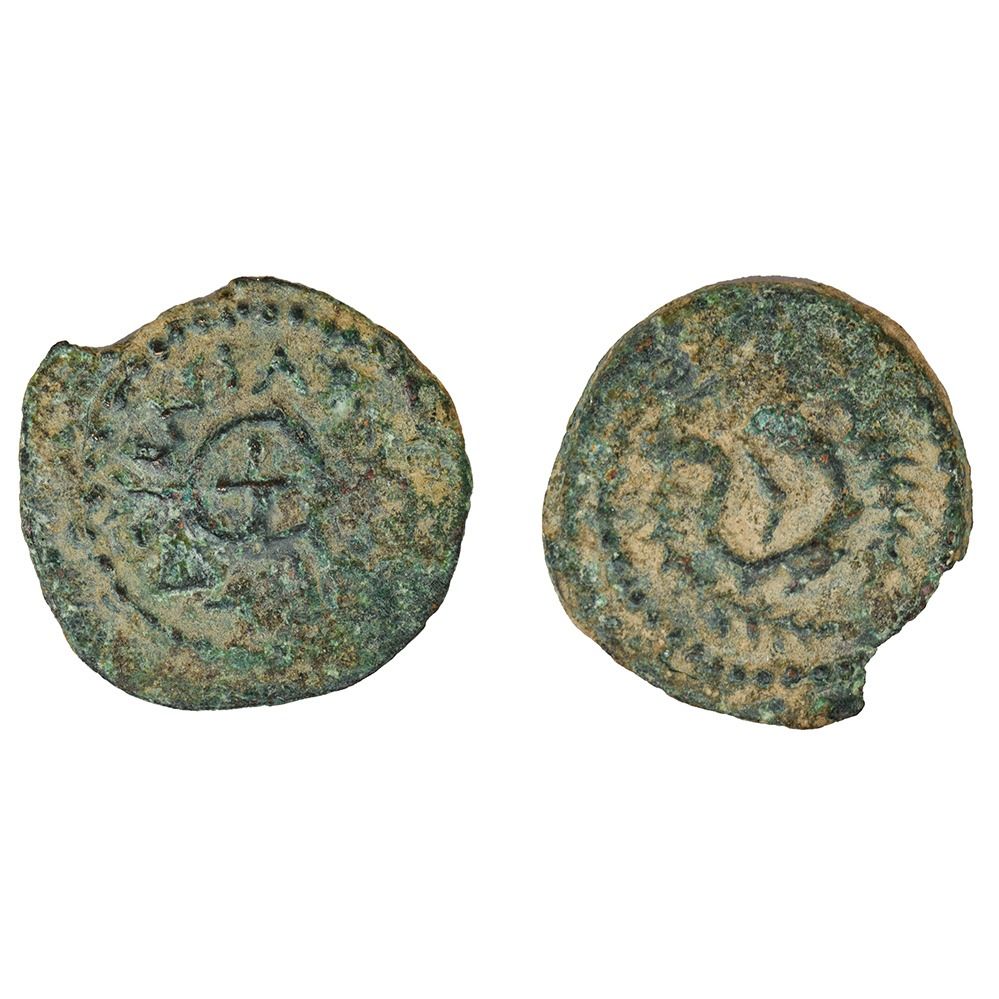
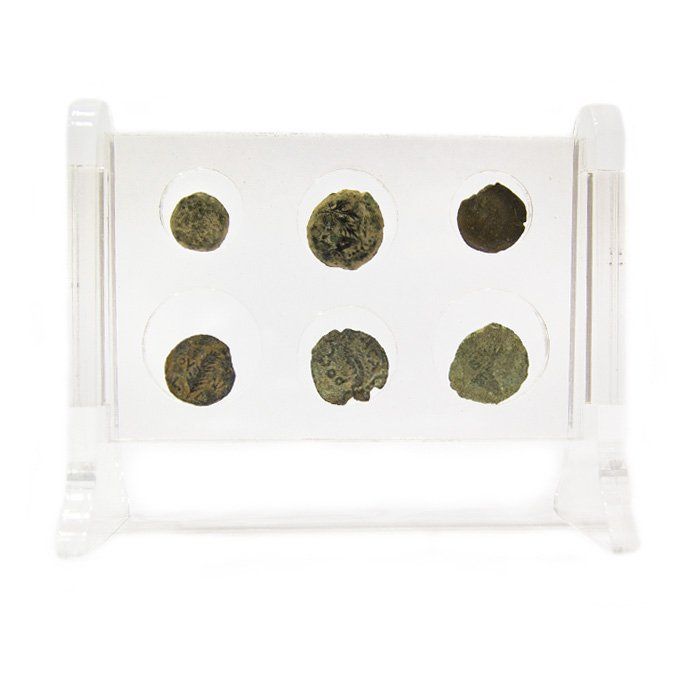

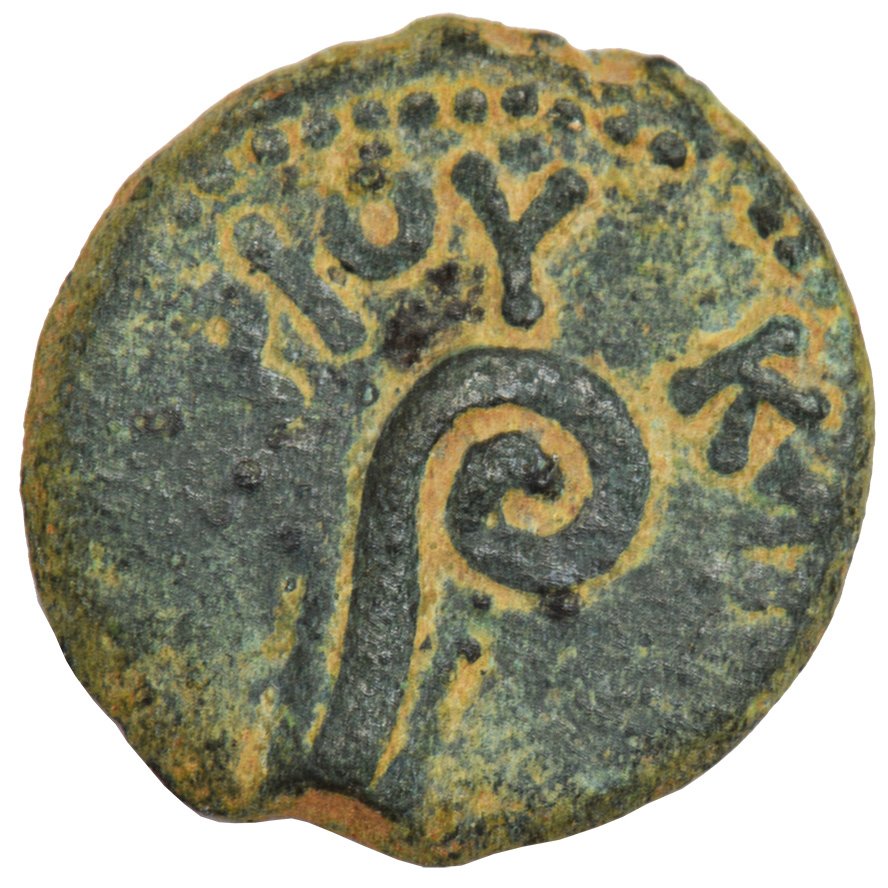
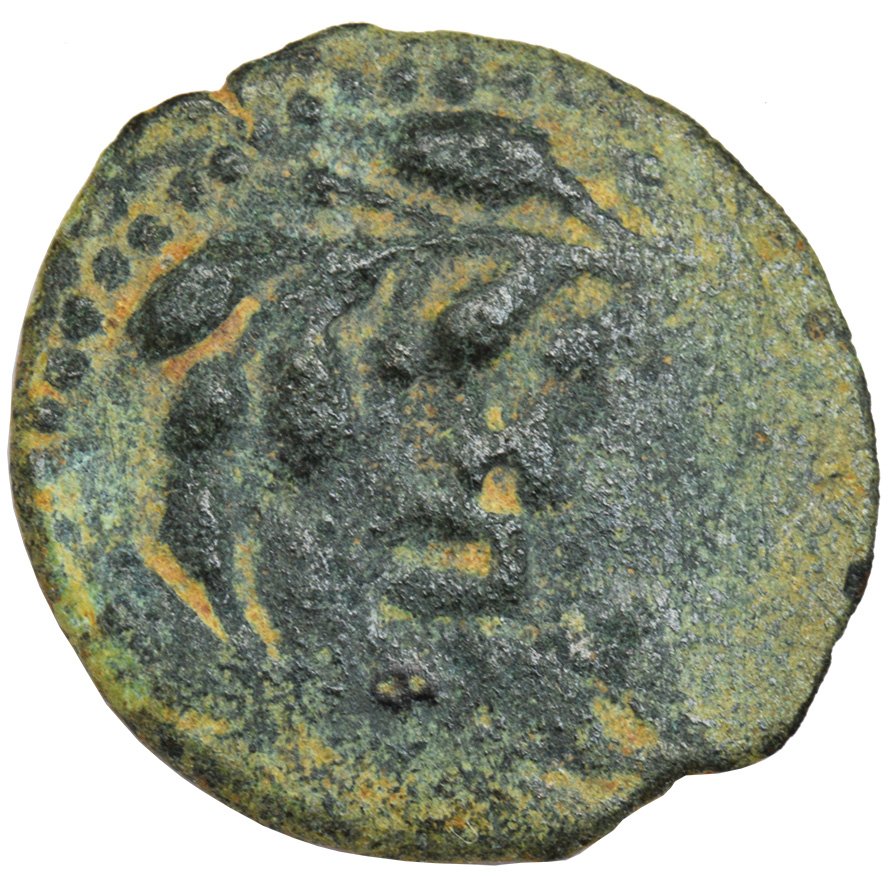
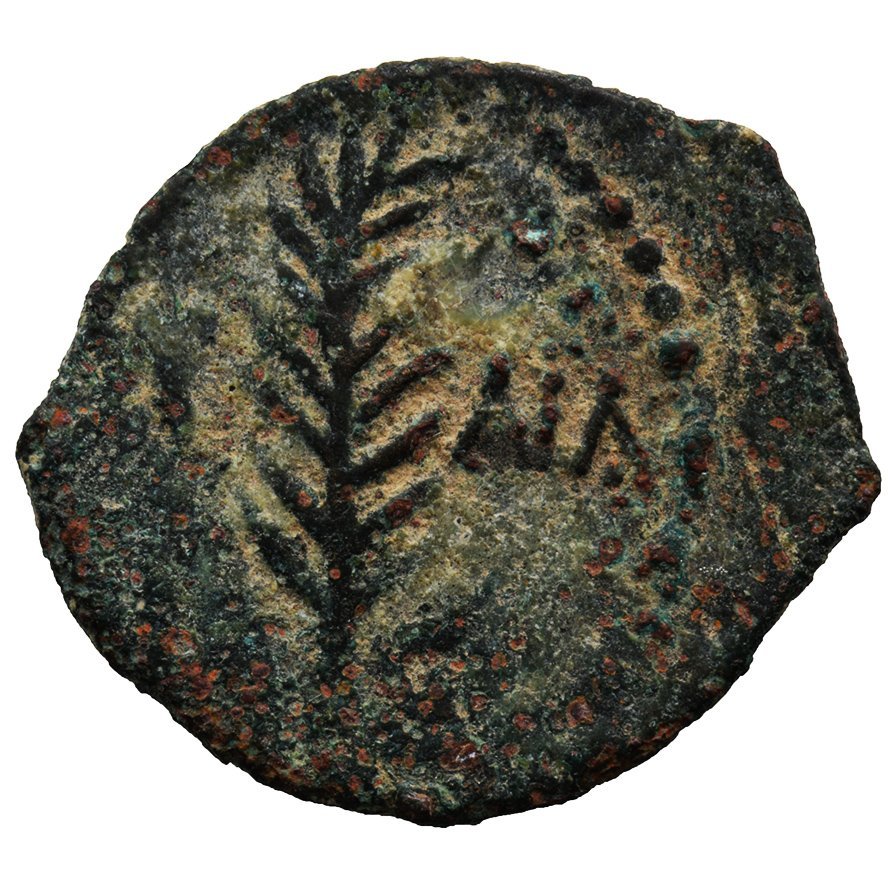
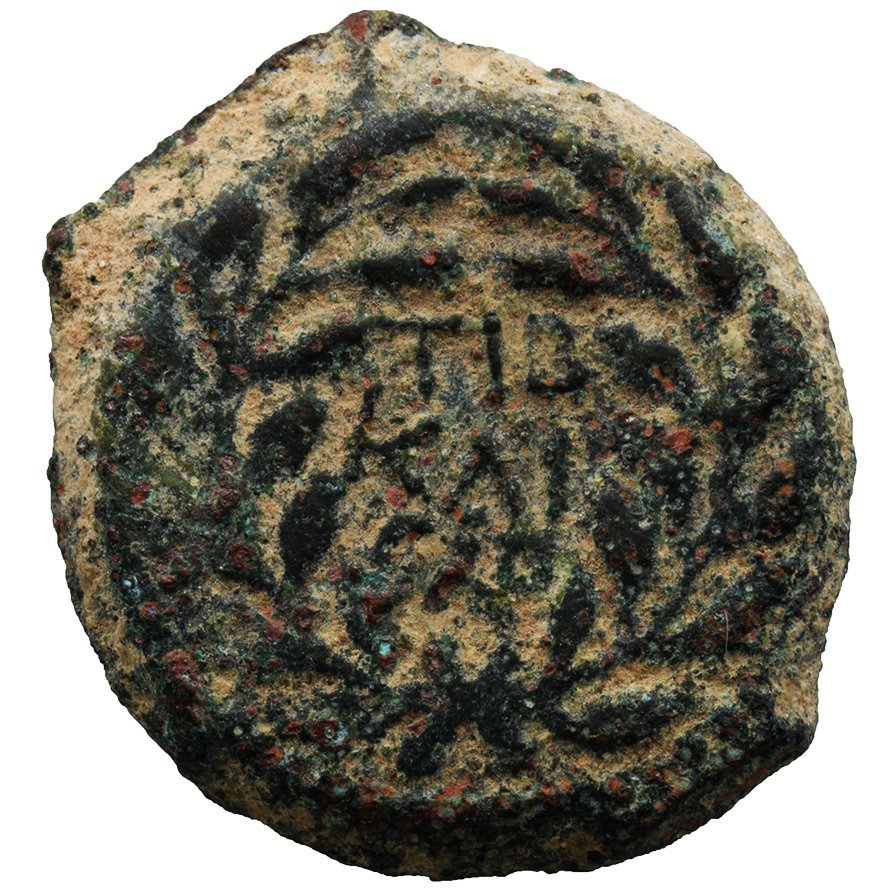

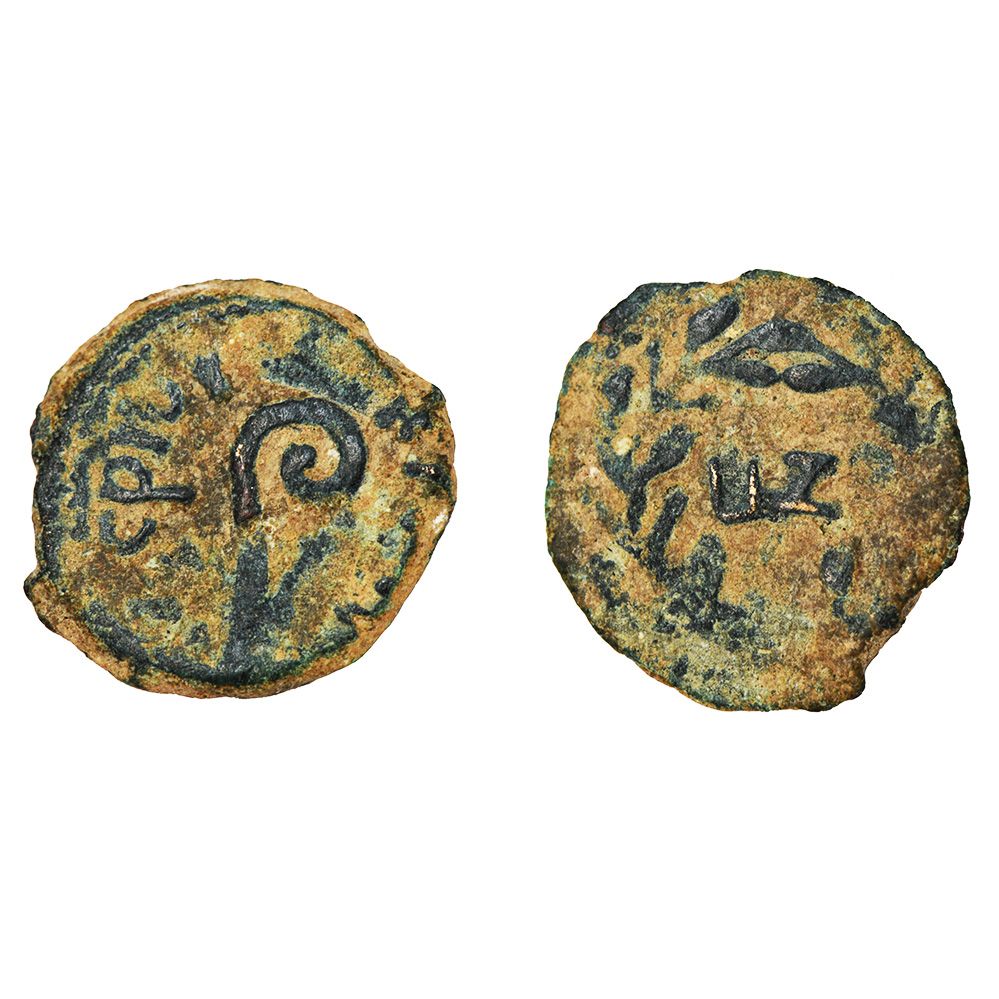
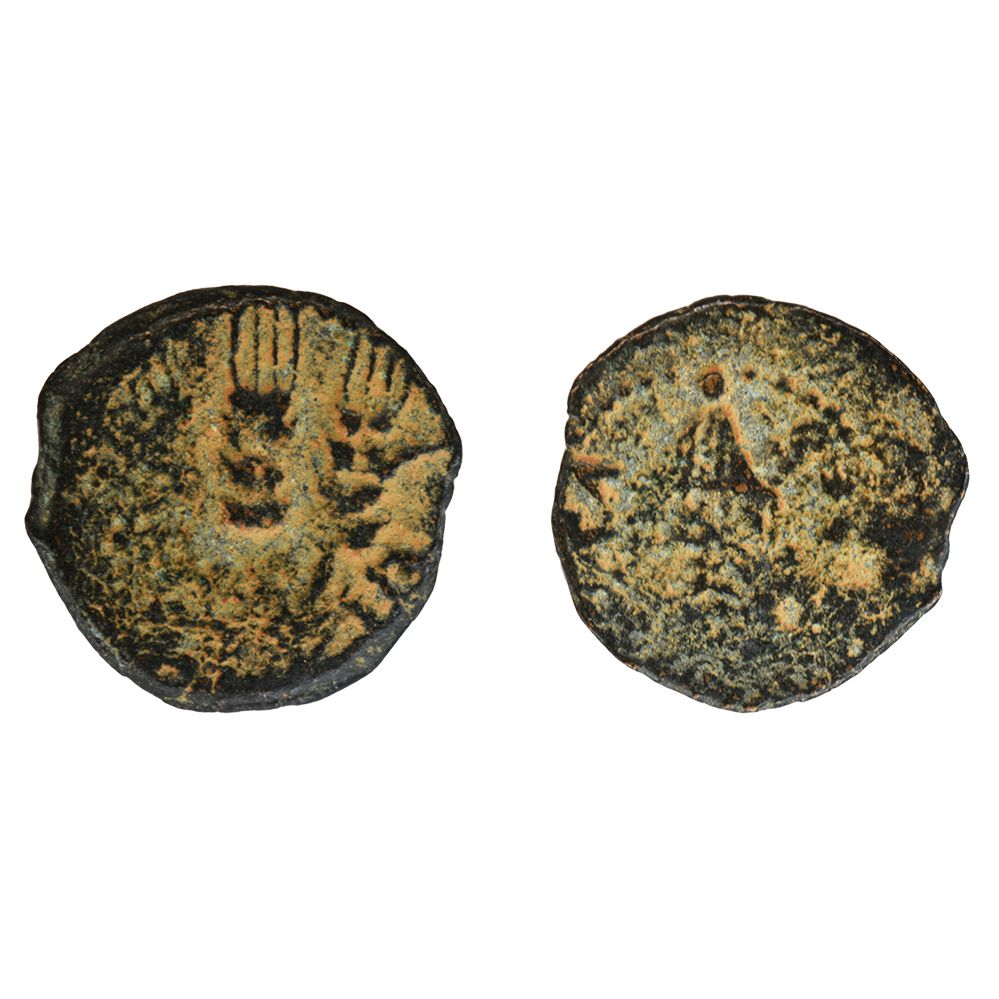
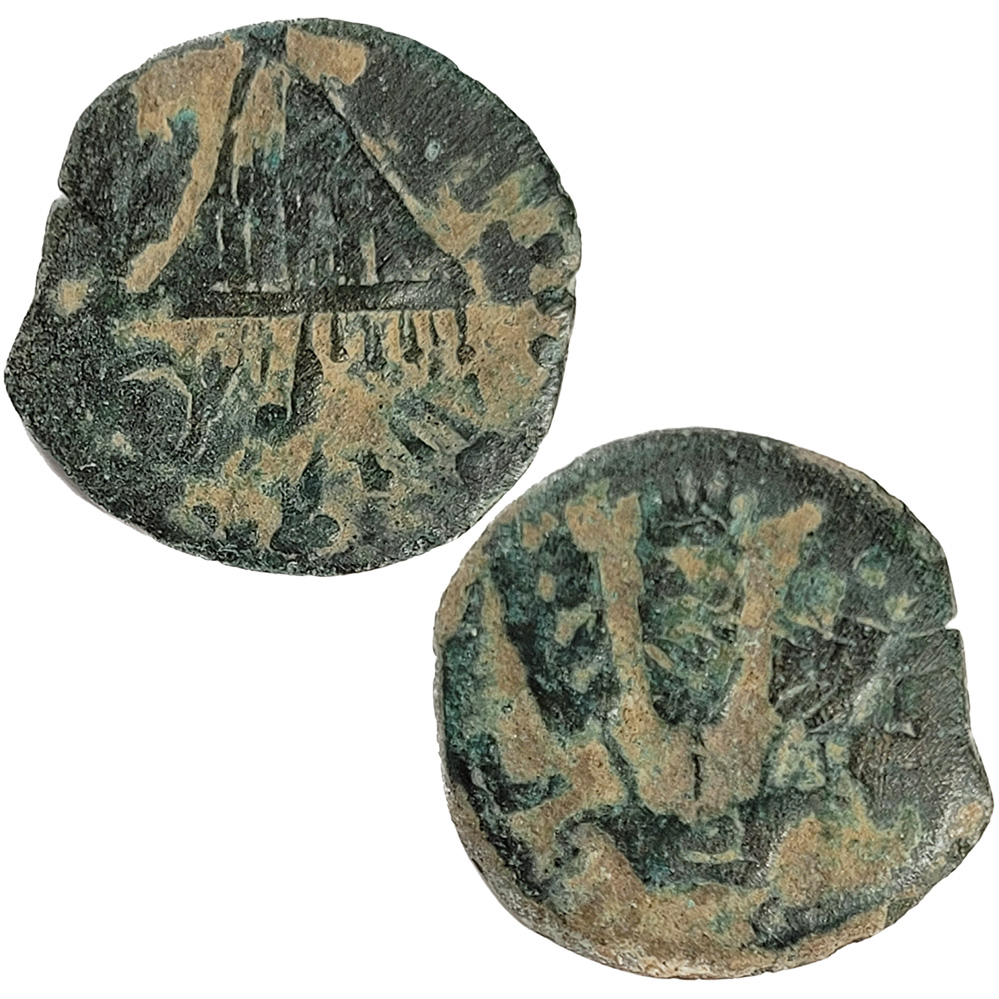
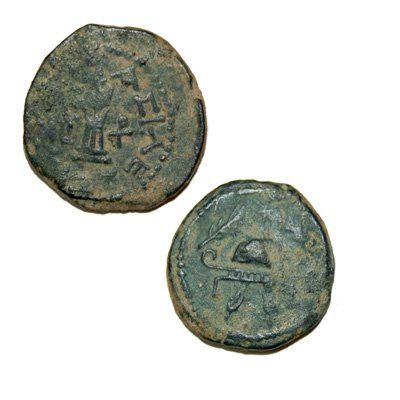
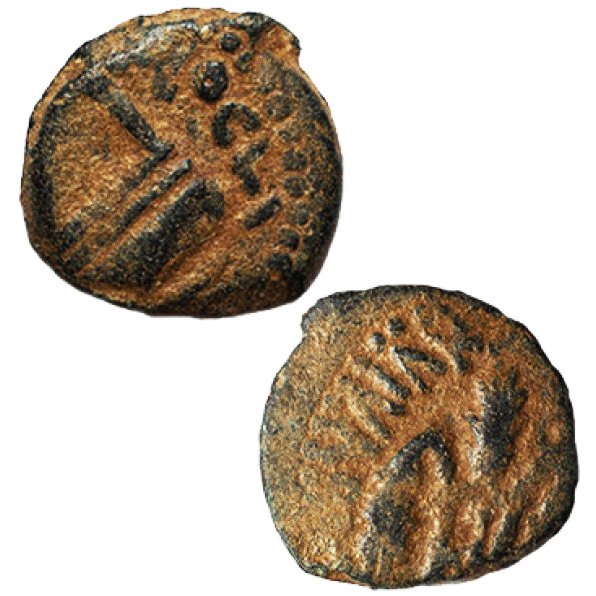
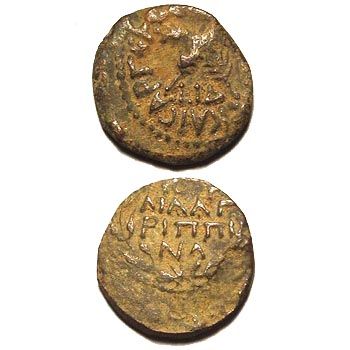
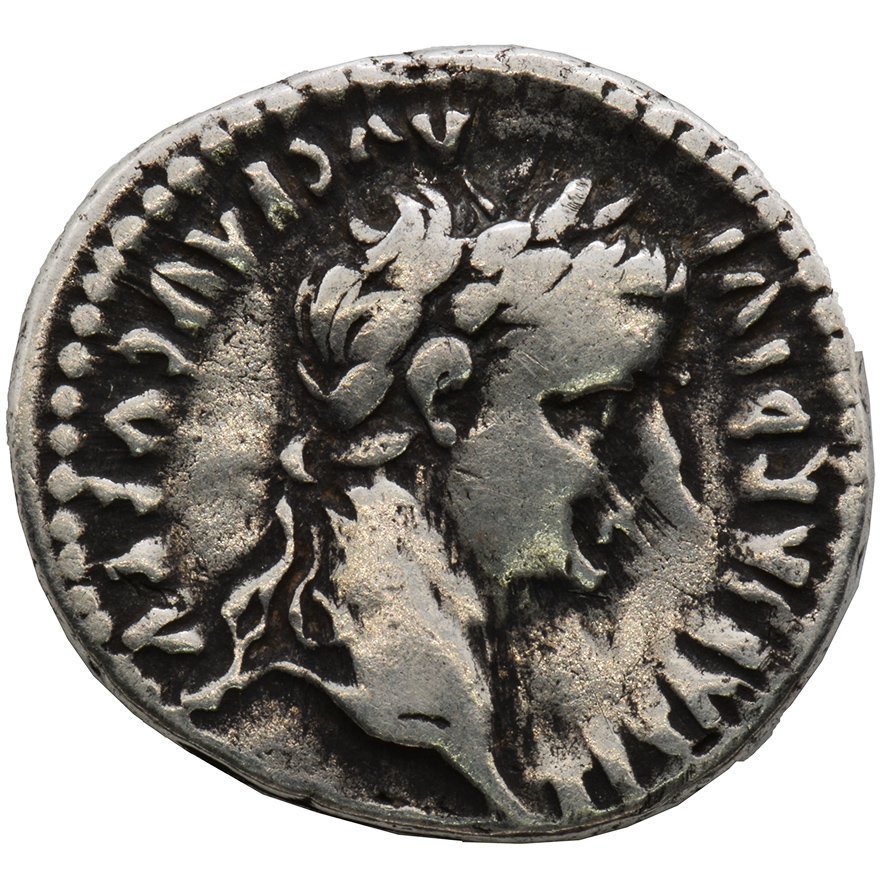
Reviews
There are no reviews yet.